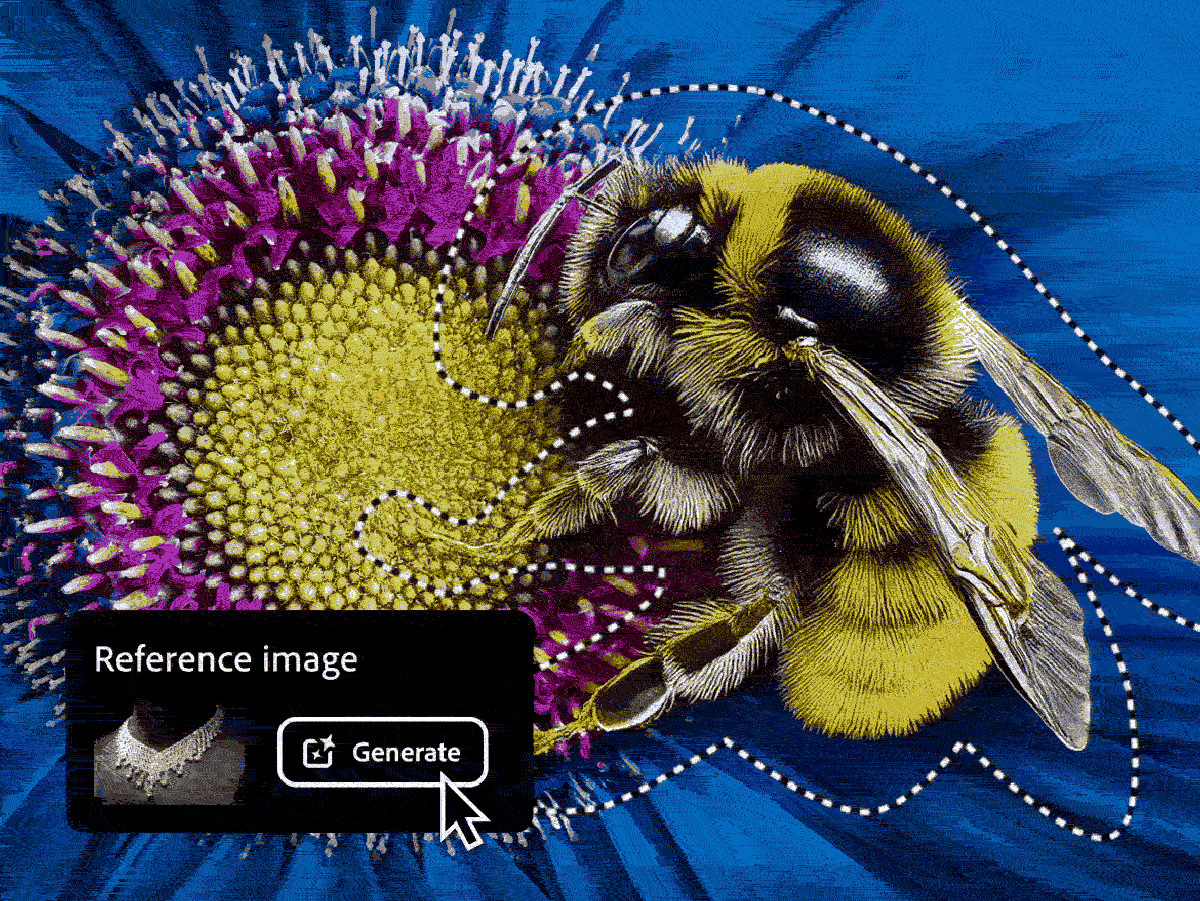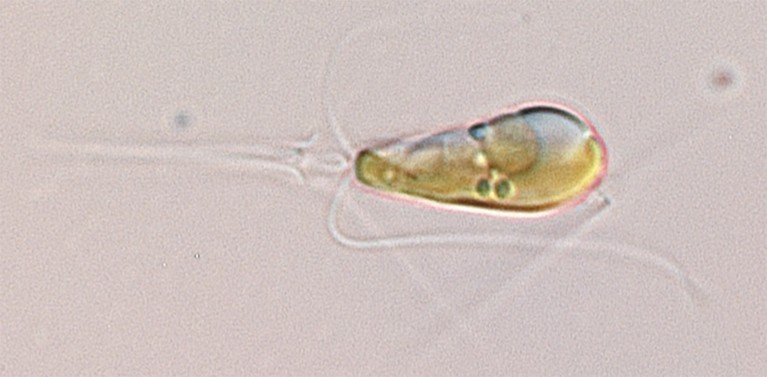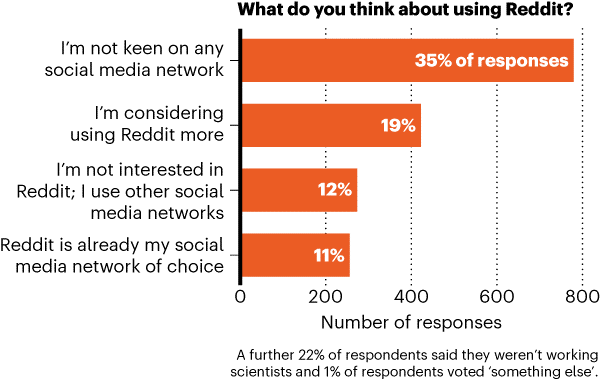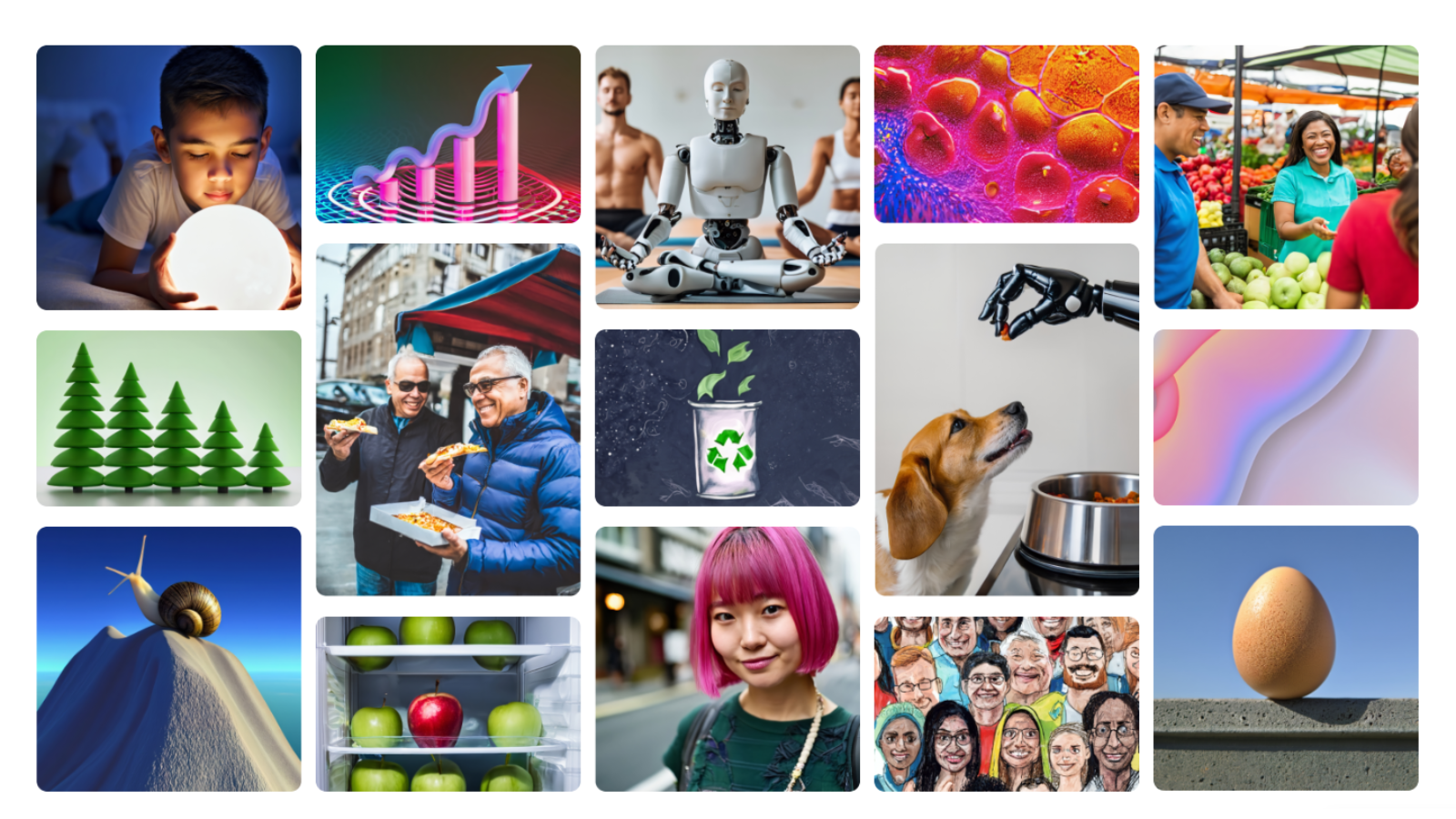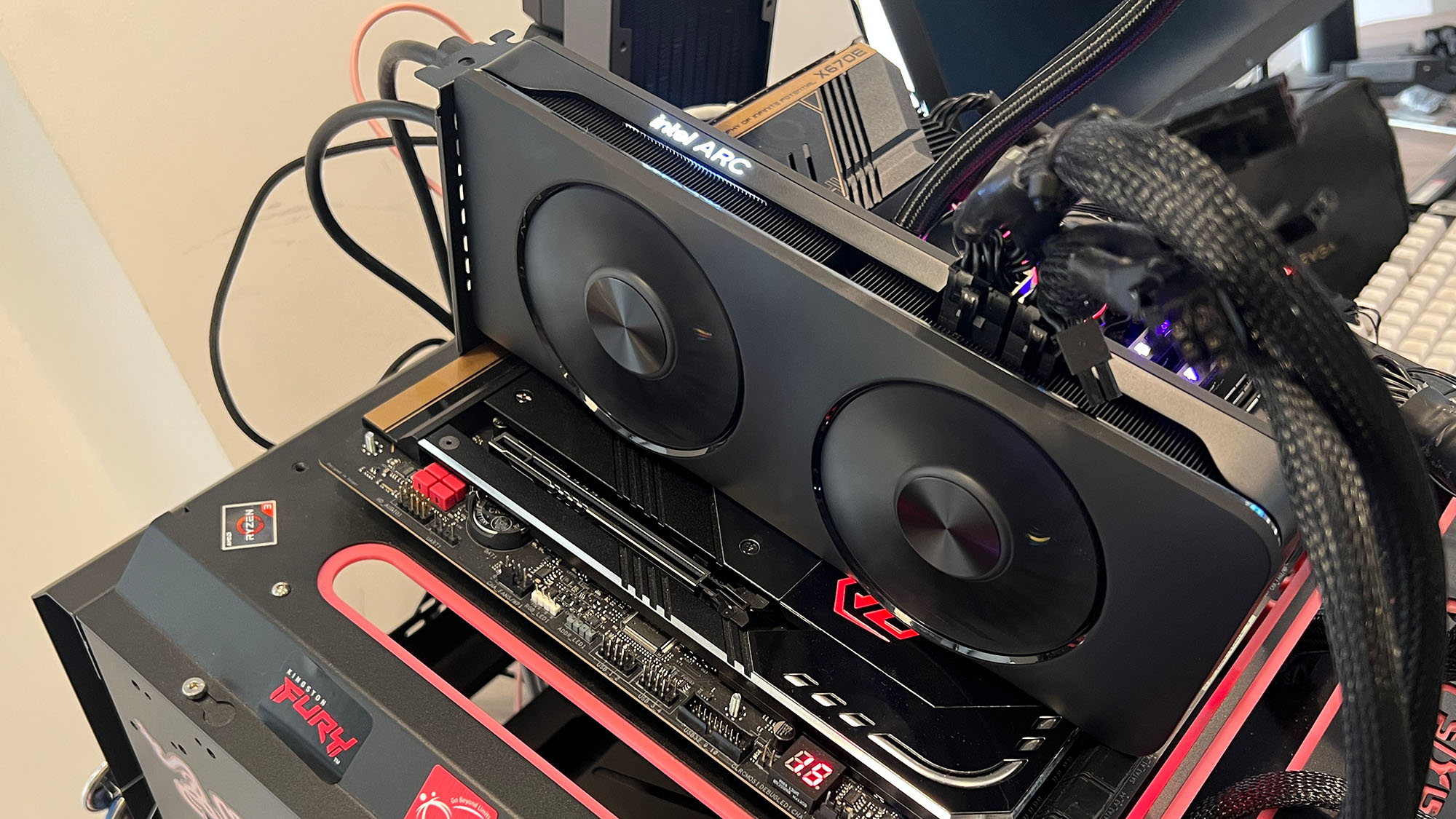[ad_1]
en Conferencia mundial de desarrolladores 2024 A principios de esta semana, manzana Anunció una gran cantidad de funciones de inteligencia artificial que llegarán a sus diversas plataformas de software, incluido su generador de imágenes artísticas AI Image Playground. iOS 18 – Ahora tenemos más información sobre cómo funciona la aplicación.
Como se informó 9to5MacEl vicepresidente de ingeniería de software de Apple, Craig Federighi, dijo en una entrevista durante WWDC iOS 18 creará un “código de metadatos” para que los archivos de imágenes incluyan detalles que muestren si fueron creados o no por inteligencia artificial.
Si bien la versión beta actual de iOS 18 no incluye ninguna de las próximas funciones de IA, por lo que no hay Image Playground, algunas investigaciones en el código beta realizadas por el equipo de 9to5Mac han encontrado referencias a “análisis forense” de imágenes que identificarían archivos creados por inteligencia artificial. .
En conjunto, está claro que Apple ha estado pensando en cómo fomentar el uso responsable de la IA, que es lo que Apple defiende. inteligencia de manzana En sus propios dispositivos y cómo evitar que fotos falsas se hagan pasar por reales.
Arte de Apple e inteligencia artificial
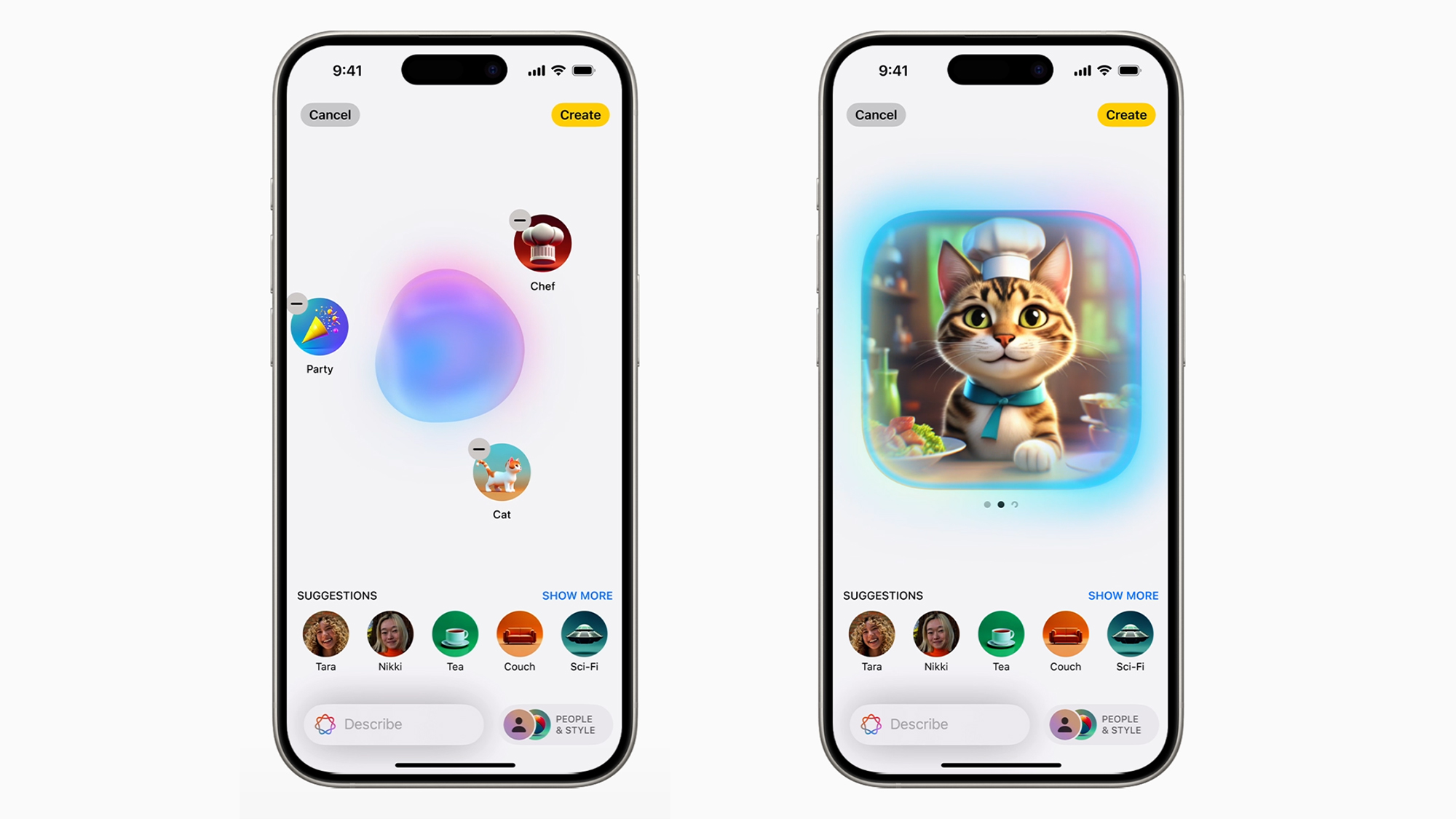
de Lo que sabemos Acerca de Image Playground De hecho, la aplicación aparecerá en diferentes lugares, como mensajes o notas, cuando necesites crear una nueva imagen impulsada por IA. Podría ser un emoji personalizado, por ejemplo, o una foto de un amigo de tu elección para la configuración.
Las imágenes creadas con Image Playground adoptarán el estilo de dibujos animados e ilustraciones en lugar de fotografías, por lo que esta es una forma en que Apple protege contra el abuso de estas herramientas. Si no está seguro de qué crear, también se incluyen sugerencias rápidas.
Estos modelos de IA se entrenan con “datos autorizados” y “datos disponibles públicamente” tomados de la web. manzana dice. En otras palabras, si su obra de arte está disponible en línea, es probable que haya sido capacitada por Apple Intelligence, a menos que el sitio en el que se publicó haya optado por no participar en el proceso.
Las capacidades de Image Playground estarán disponibles en una futura versión beta, según Apple, pero solo entre los iPhone disponibles actualmente. iPhone 15 Pro Y iPhone 15 Pro Max Él tendrá el poder para operarlo. Las funciones de creación de obras de arte con IA también estarán disponibles en Apple Silicon Macs.
También te puede interesar
[ad_2]
Source Article Link



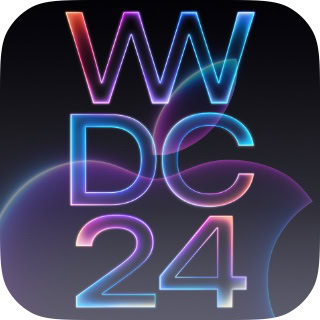
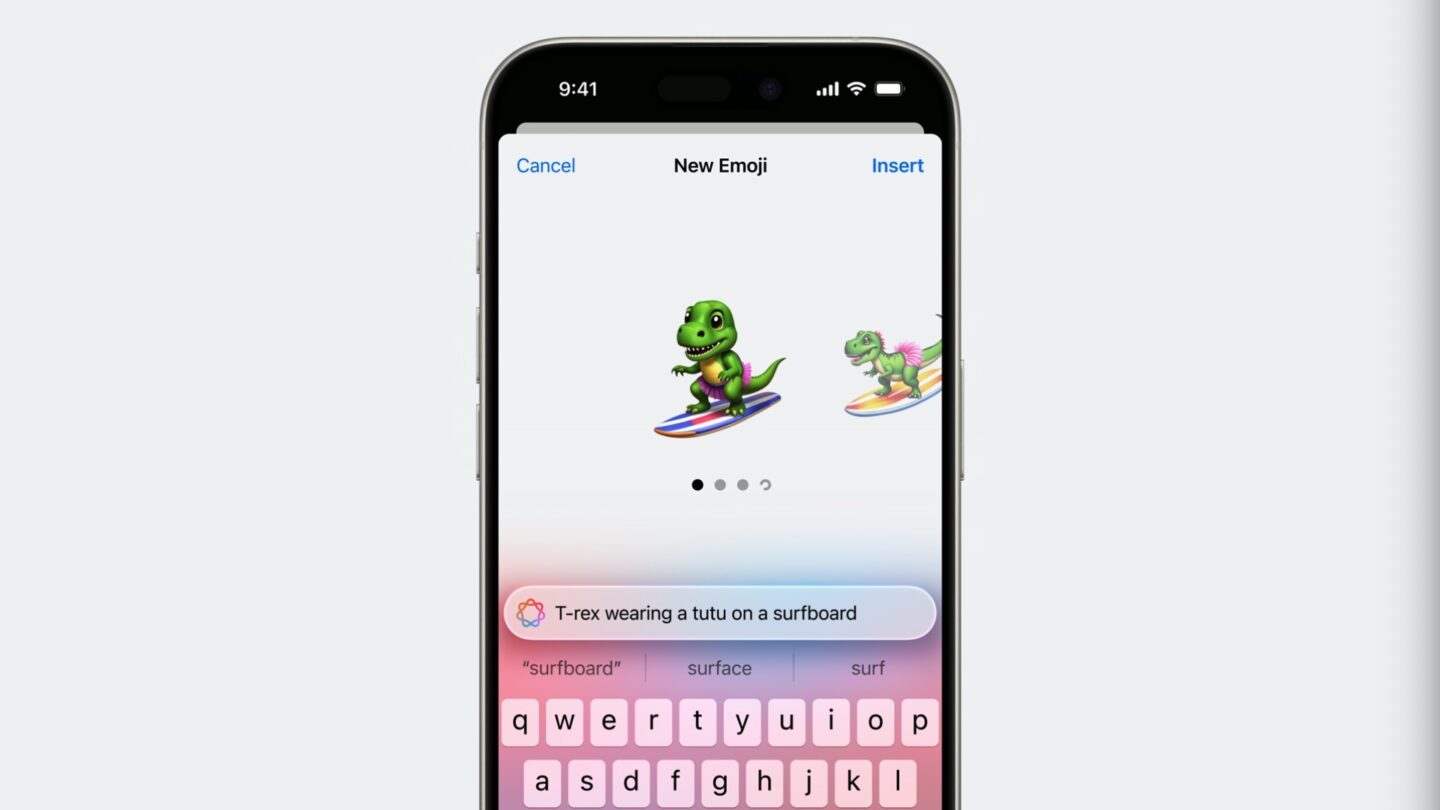
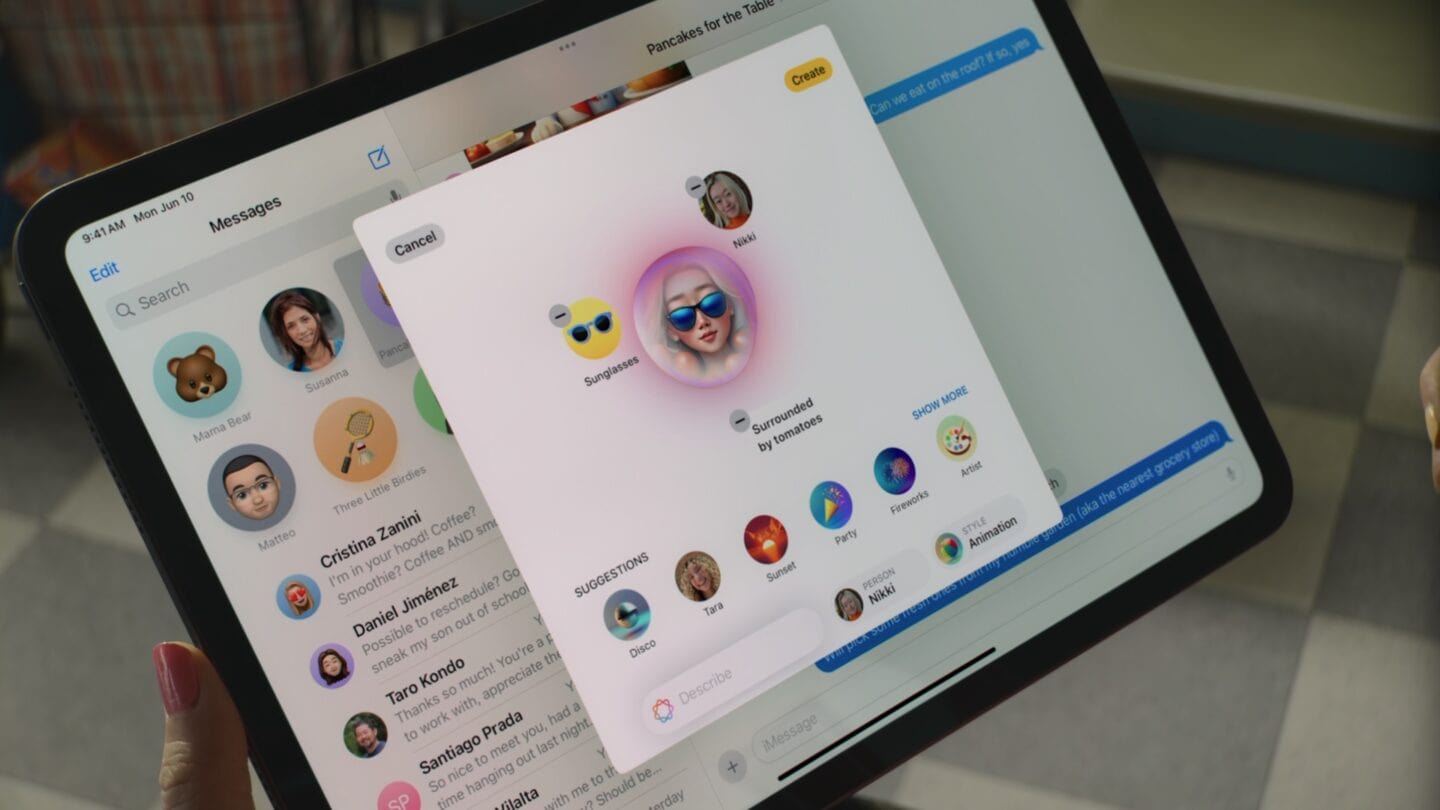
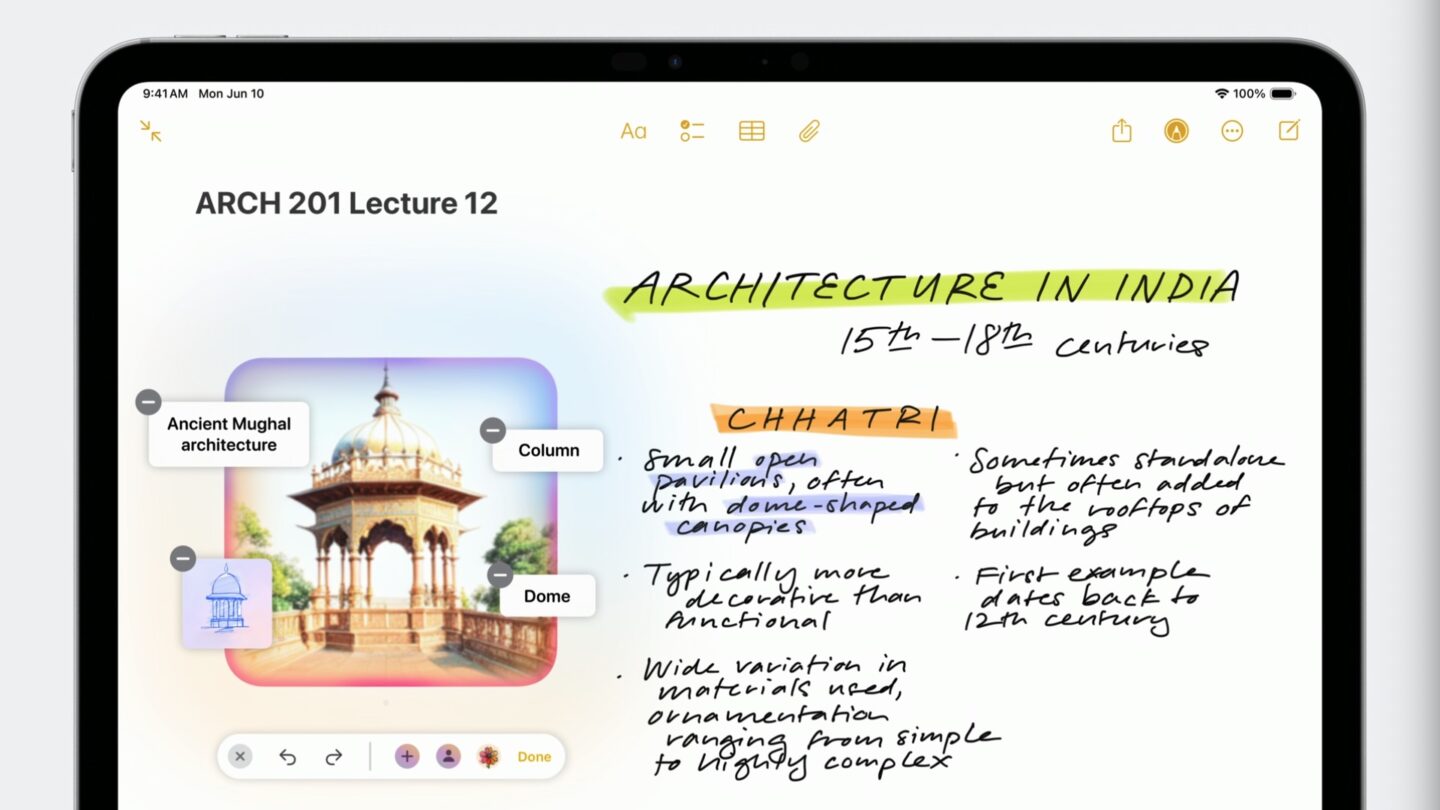
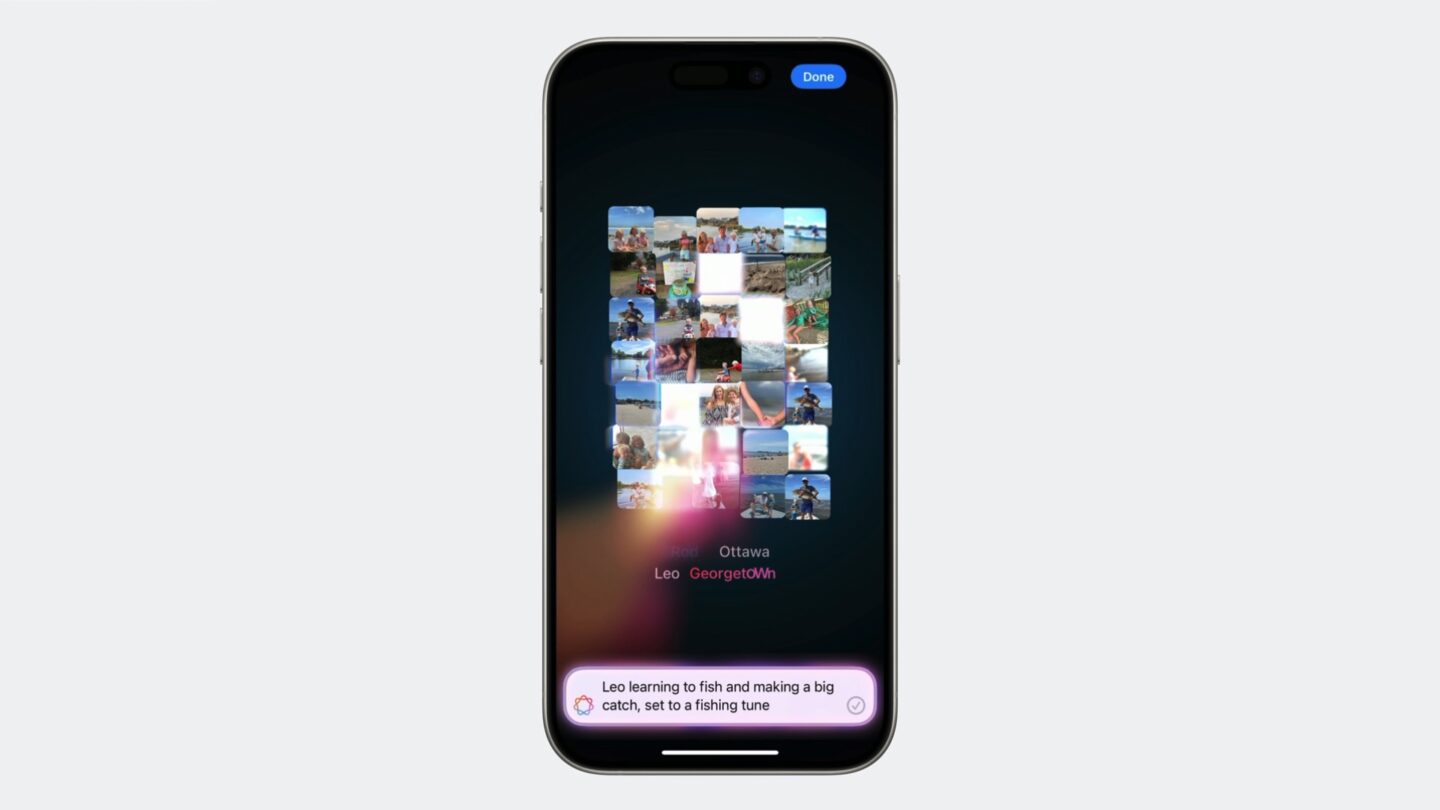

 April 25, 1990: Steve Jobs shuts down Pixar’s hardware division (yes, it used to have one!), ending production of the pricey Pixar Image Computer immediately.
April 25, 1990: Steve Jobs shuts down Pixar’s hardware division (yes, it used to have one!), ending production of the pricey Pixar Image Computer immediately.




